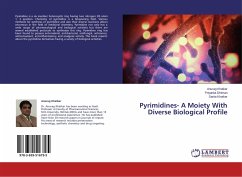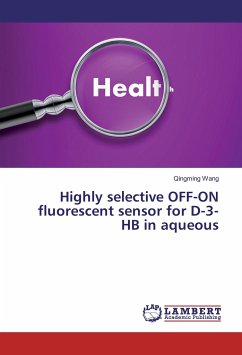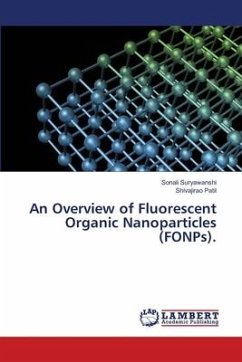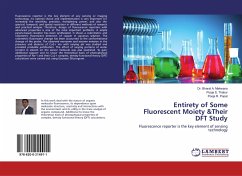
Entirety of Some Fluorescent Moiety &Their DFT Study
Fluorescence reporter is the key element of sensing technology
Versandkostenfrei!
Versandfertig in 6-10 Tagen
36,99 €
inkl. MwSt.

PAYBACK Punkte
18 °P sammeln!
Fluorescence reporter is the key element of any sensing or imaging technology. It's optimal choice and implementation is very important for increasing the sensitivity, precision, multiplexing power, and also the spectral, temporal, and spatial resolution in different methods of research and practical analysis. Therefore, design of fluorescence reporters with advanced properties is one of the most important problems. A simple pyrene-based receptor has been synthesized. It shows a colorimetric and ratiometric fluorescent detection of copper in aqueous solution. The ratiometric fluorescent change...
Fluorescence reporter is the key element of any sensing or imaging technology. It's optimal choice and implementation is very important for increasing the sensitivity, precision, multiplexing power, and also the spectral, temporal, and spatial resolution in different methods of research and practical analysis. Therefore, design of fluorescence reporters with advanced properties is one of the most important problems. A simple pyrene-based receptor has been synthesized. It shows a colorimetric and ratiometric fluorescent detection of copper in aqueous solution. The ratiometric fluorescent change has been accounted to the conformational change of the probe. The observed monomer and excimer emission in the presence and absence of Cu2+ ion with varying pH was studied and provided probable justification. The effect of varying portions of water content in solvent on the sensor molecule was also examined. To gain additional support and to know the theoretical basis of photophysical properties of Pyr-1 and their Cu2+ complex, density functional theory (DFT) calculations were carried out using Gaussian 09 program.



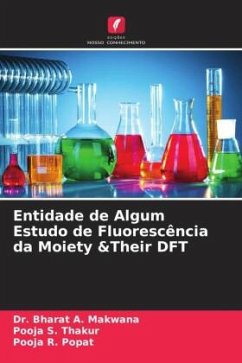
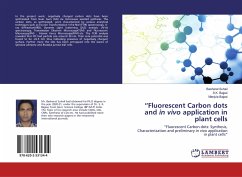

![Gold Nanoparticle as a Turn off Fluorescent Sensor for Hg[ii] Ions Cover Gold Nanoparticle as a Turn off Fluorescent Sensor for Hg[ii] Ions](https://bilder.buecher.de/produkte/41/41618/41618357n.jpg)

